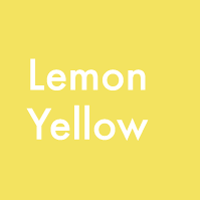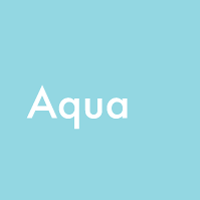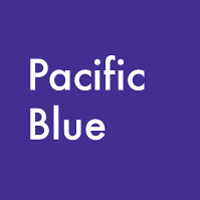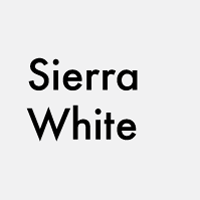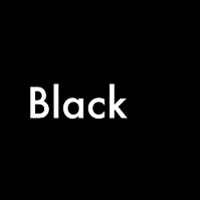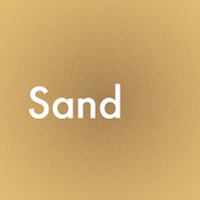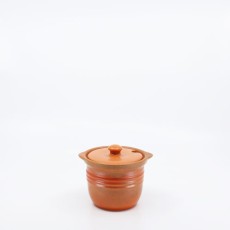
Pacific Pottery Hostessware 306 Condiment Jar Red
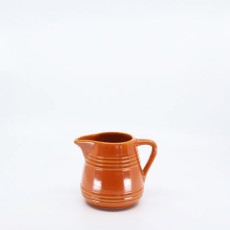
Pacific Pottery Hostessware 428 Pitcher Red
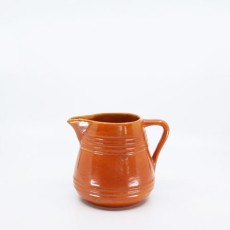
Pacific Pottery Hostessware 429 Pitcher Red
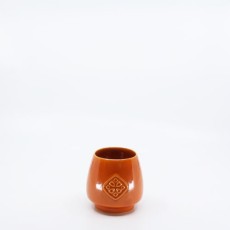
Pacific Pottery Hostessware 418 Antique Tumbler Red
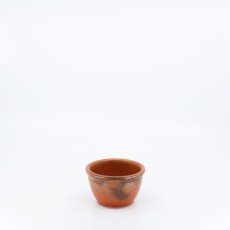
Pacific Pottery Hostessware Custard Plain Red
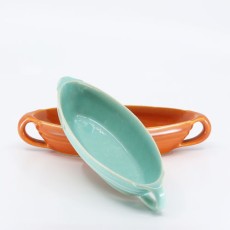
Pacific Pottery Hostessware 666 Ind Salad Server Pair
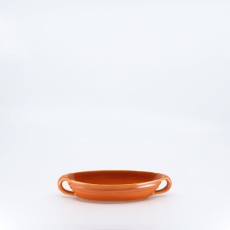
Pacific Hostessware 666 Ind Salad Server Red
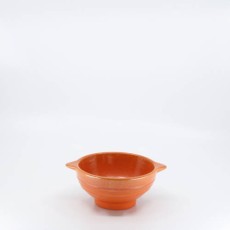
Pacific Pottery Hostessware 36A Bowl Red
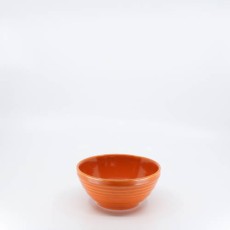
Pacific Pottery Hostessware 36R Bowl Red
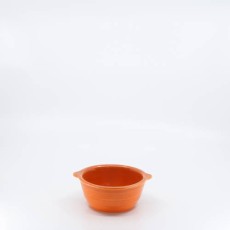
Pacific Pottery Hostessware 205 Ramekin Red
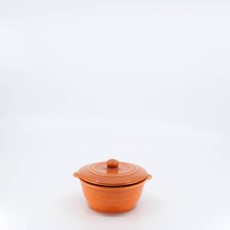
Pacific Pottery Hostessware 205c Ramekin Lid Red
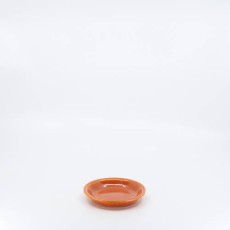
Pacific Pottery Hostessware 432 Coaster Red
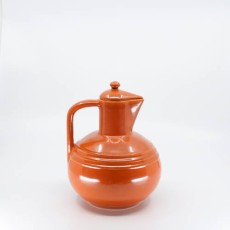
Pacific Pottery Hostessware 453 Buffet Red
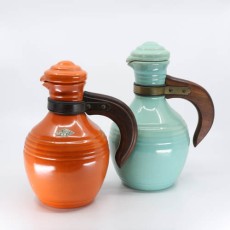
Pacific Pottery Hostessware 438-445 Carafe Compare
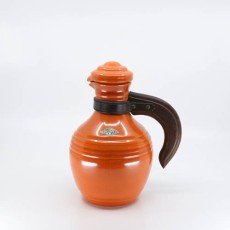
Pacific Pottery Hostessware 438 Carafe Red
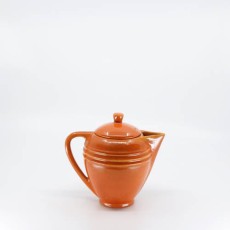
Pacific Pottery Hostessware 443 Ind Demi Pot Red
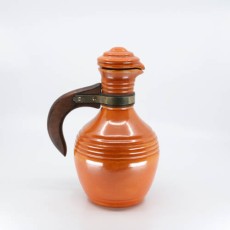
Pacific Pottery Hostessware 445 Carafe Red
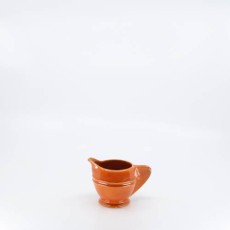
Pacific Pottery Hostessware 449 Demi Creamer Red
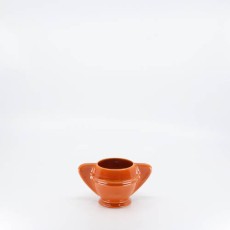
Pacific Pottery Hostessware 450 Demi Sugar Red
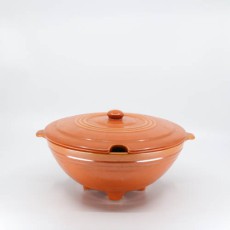
Pacific Pottery Hostessware 604 Tureen Red
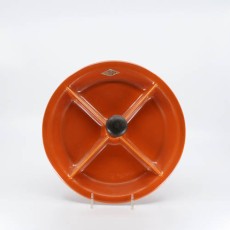
Pacific Pottery Hostessware 662 4-Part Relish Red
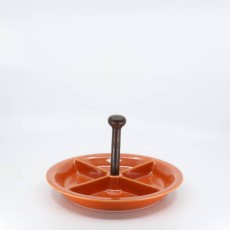
Pacific Pottery Hostessware 662 4-Part Relish Red
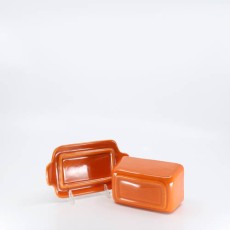
Pacific Pottery Hostessware 669 Butter Red
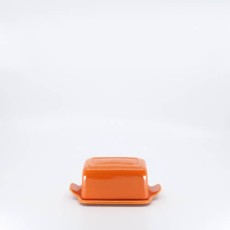
Pacific Pottery Hostessware 669 Butter Red
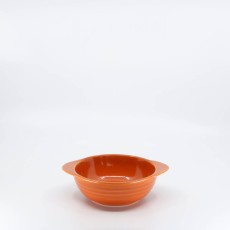
Pacific Pottery Hostessware 37 Onion Soup Bowl Red
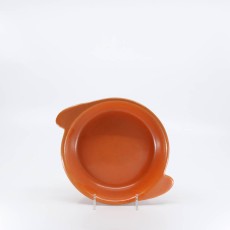
Pacific Pottery Hostessware 215 Shirred Egg Dish Red
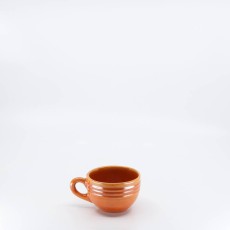
Pacific Pottery Hostessware 313 Punch Cup Red
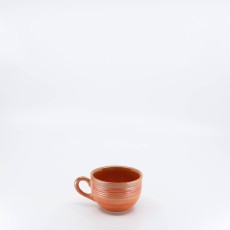
Pacific Pottery Hostessware 313 Punch Cup Red (early)
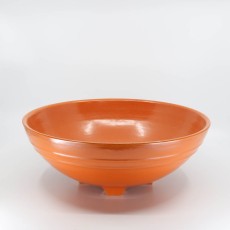
Pacific Pottery Hostessware 314 Serving Bowl Red
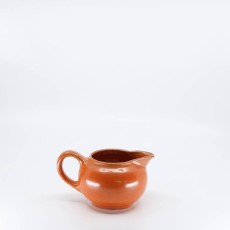
Pacific Pottery Hostessware 400 Pitcher Red
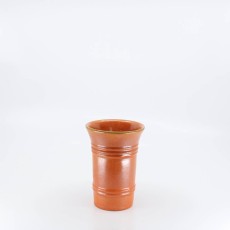
Pacific Pottery Hostessware 409 Tumbler Red
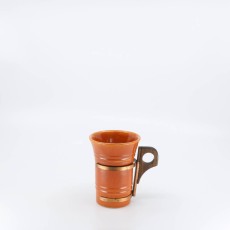
Pacific Pottery Hostessware 411 Tumbler Red
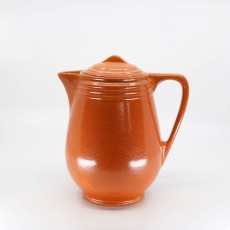
Pacific Pottery Hostessware 417 Coffeepot Red
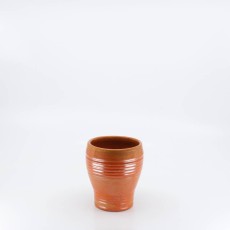
Pacific Pottery Hostessware 431 Barrel Tumbler Red
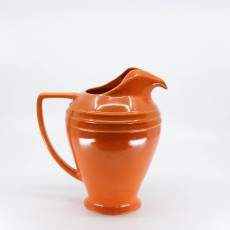
Pacific Pottery Hostessware 460 Restyled Pitcher Red
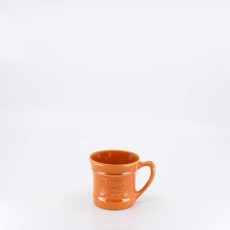
Pacific Pottery Hostessware 618 Tom and Jerry Mug Red
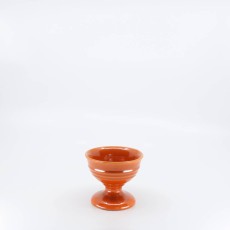
Pacific Pottery Hostessware 654 Sherbet Red
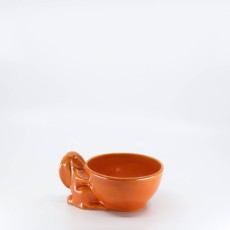
Pacific Pottery Hostessware 657 Child's Bowl Red
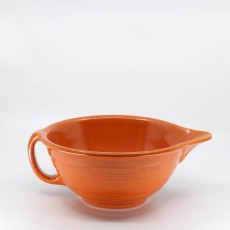
Pacific Pottery Hostessware 301 Batter Bowl Red
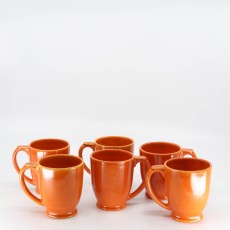
Pacific Pottery Hostessware UNK Cocoa Mug Red
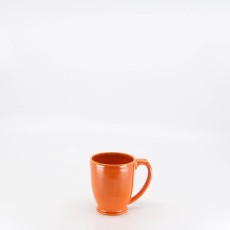
Pacific Pottery Hostessware UNK Cocoa Mug Red
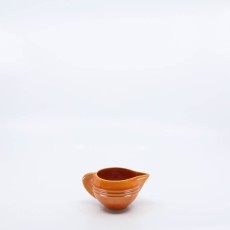
Pacific Pottery Hostessware 408 Ind Creamer Red
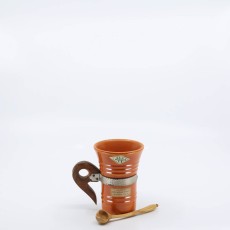
Pacific Pottery Hostessware 411 Tumbler Red Special
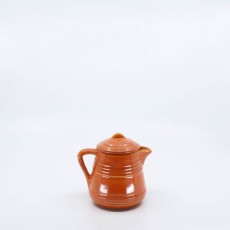
Pacific Pottery Hostessware 427-427A 1/2-Pt Pitcher Red
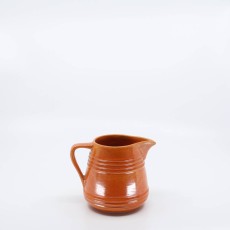
Pacific Pottery Hostessware 428 1-Pt Pitcher Red
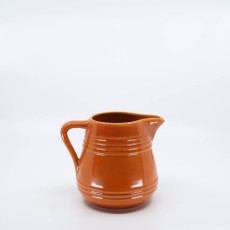
Pacific Pottery Hostessware 429 1-Qt Pitcher Red
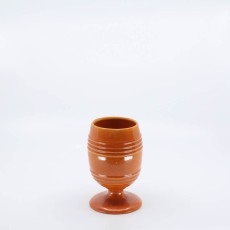
Pacific Pottery Hostessware 433 Goblet Red
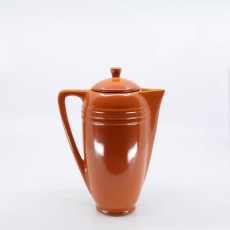
Pacific Pottery Hostessware 442 Demi Coffeepot Red
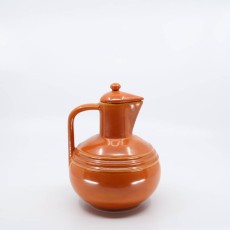
Pacific Pottery Hostessware 453 Buffet Server Red
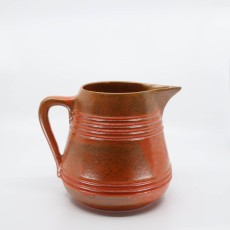
Pacific Pottery Hostessware 508 2-qt Pitcher Red
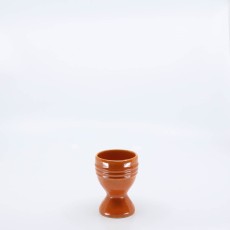
Pacific Pottery Hostessware 605 Eggcup Red
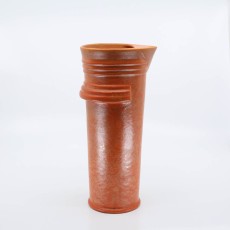
Pacific Pottery Hostessware 630 Martini Pitcher Red
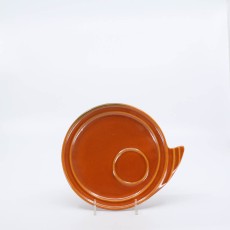
Pacific Pottery Hostessware 632 Canape Plate Red
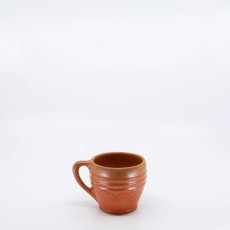
Pacific Pottery Hostessware 607 Coffee Cup
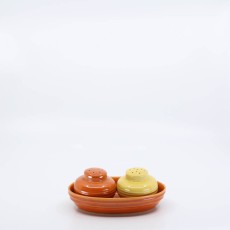
Pacific Pottery Hostessware 667 Ind Oval Bowl Red S&P
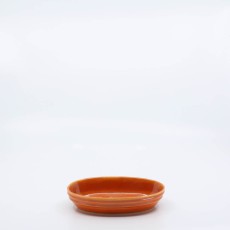
Pacific Pottery Hostessware 667 Ind Oval Bowl Red
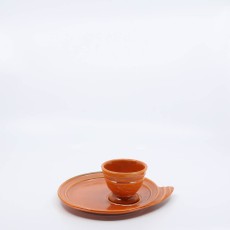
Pacific Pottery Hostessware 651-632 Cocktail Set Red
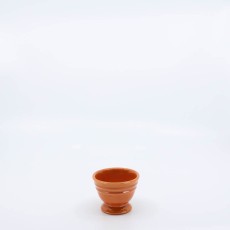
Pacific Pottery Hostessware 651 Cocktail Cup Red
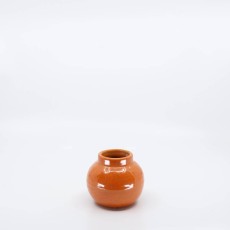
Pacific Pottery Hostessware Expo Orange Red
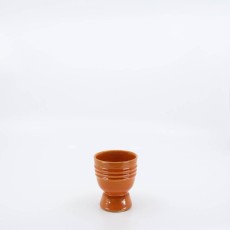
Pacific Pottery Hostessware 642 Eggcup Red
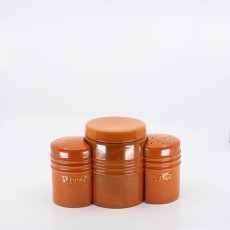
Pacific Pottery Hostessware 232-233-234 Oven Range Set Red
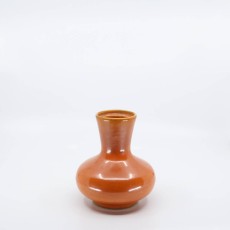
Pacific Pottery Hostessware Honeypot Red
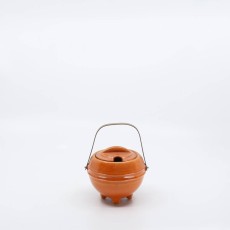
Pacific Pottery Hostessware 448 Marmelade Jar Red
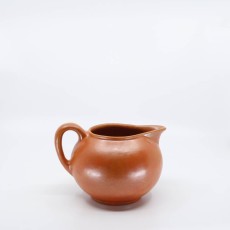
Pacific Pottery Hostsesware 402 3-Pint Pitcher Red
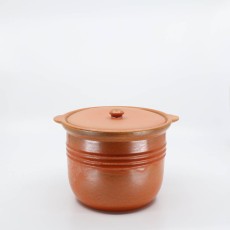
Pacific Pottery Hostessware 211 Deep Casserole
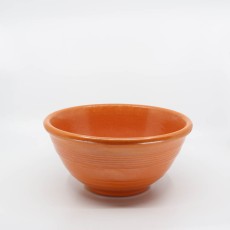
Pacific Pottery Hostessware 9R Mixing Bowl Red
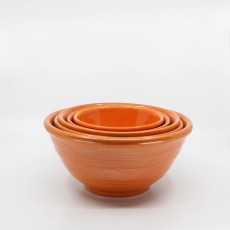
Pacific Pottery Hostessware Mixing Bowl Set Red
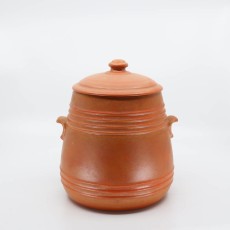
Pacific Pottery Hostessware 305 Pretzel Jar Red
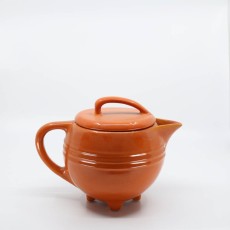
Pacific Pottery Hostessware 436 Batter Pitcher Red
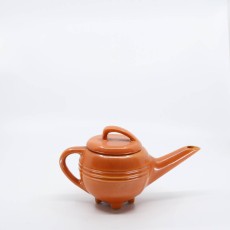
Pacific Pottery Hostessware 435 Syrup Pitcher Red
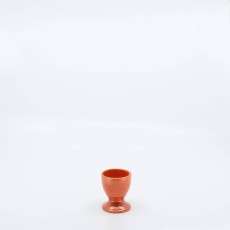
Pacific Pottery Hostessware Unknown Eggcup Red
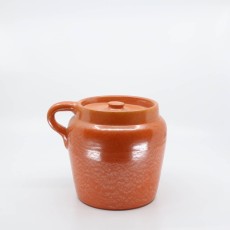
Pacific Pottery Hostessware 227 Beanpot Red
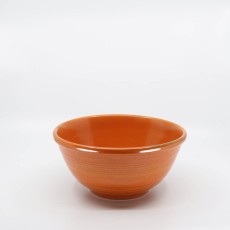
Pacific Pottery Hostessware 12R Mixing Bowl Red
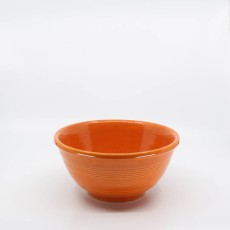
Pacific Pottery Hostessware 18R Mixing Bowl Red
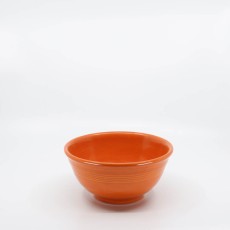
Pacific Pottery Hostessware 24R Mixing Bowl Red
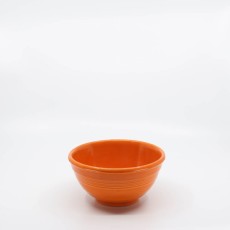
Pacific Pottery Hostessware 30R Mixing Bowl Red
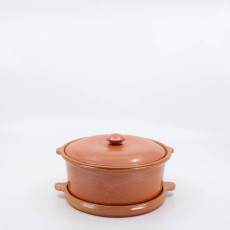
Pacific Pottery Hostessware 201-202 Casserole Set Red
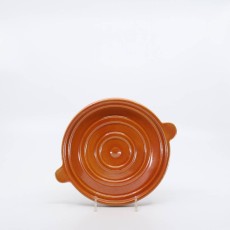
Pacific Pottery Hostessware 201 Trivet Red
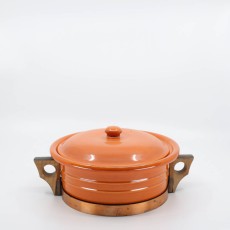
Pacific Pottery Hostessware 209 Casserole Red
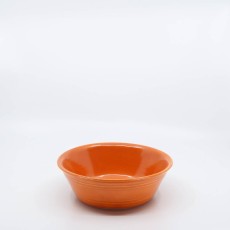
Pacific Pottery Hostessware 213 Pudding Dish Med Red
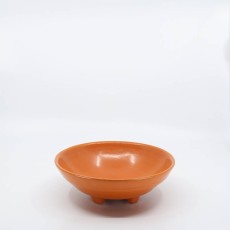
Pacific Pottery Hostessware 315 Pretzel Bowl Red
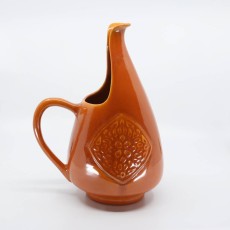
Pacific Pottery Hostessware 417 Antique Pitcher Red
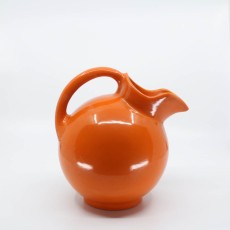
Pacific Pottery Hostessware 420 Ball Pitcher Red
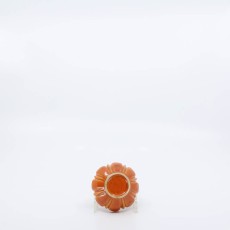
Pacific Pottery Hostessware 437 Nut Dish Red (back)
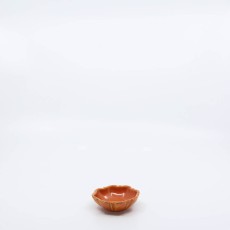
Pacific Pottery Hostessware 437 Nut Dish Red
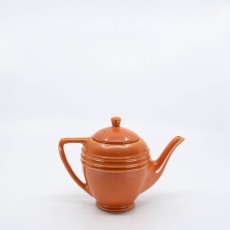
Pacific Pottery Hostessware 446 4-Cup Teapot Red
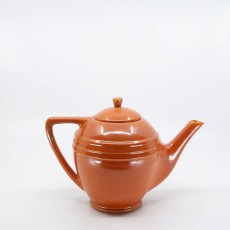
Pacific Pottery Hostessware 447 6-Cup Teapot Red
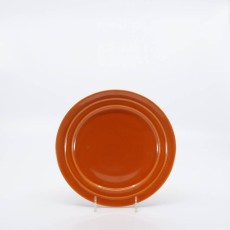
Pacific Pottery Hostessware 610 Salad Plate Red
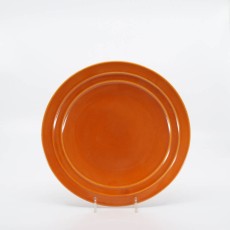
Pacific Pottery Hostessware 611 Luncheon Plate Red
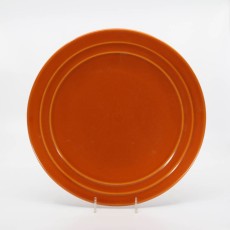
Pacific Pottery Hostessware 613 Dinner Plate Red
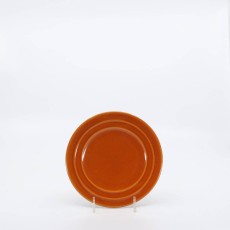
Pacific Pottery Hostessware 614 Bread Plate Red
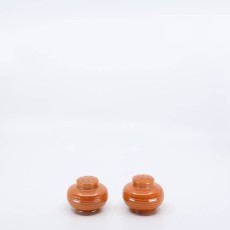
Pacific Pottery Hostessware 621-622 Salt Pepper Red
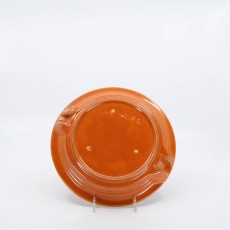
Pacific Pottery Hostessware 645 Pie Plate Red
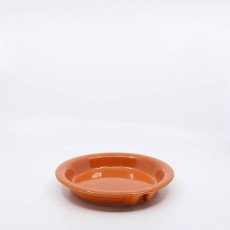
Pacific Pottery Hostessware 645 Pie Plate Red
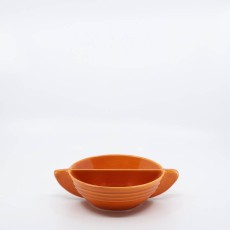
Pacific Pottery Hostessware 665 Tab Bowl Red
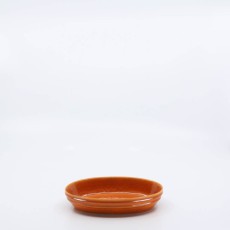
Pacific Pottery Hostessware 667 Ind Oval Bowl Red
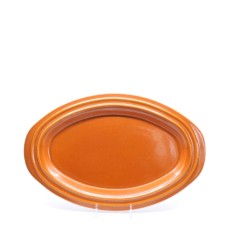
Pacific Pottery Hostessware 444 Oval Platter Red
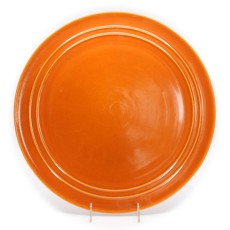
Pacific Pottery Hostessware 612 Chop Plate Red
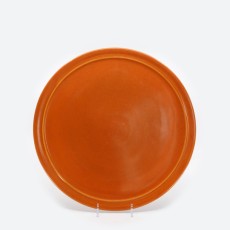
Pacific Pottery Hostessware 619 13 Cake Plate Red
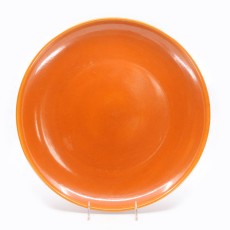
Pacific Pottery Hostessware 624 Low Bowl Red
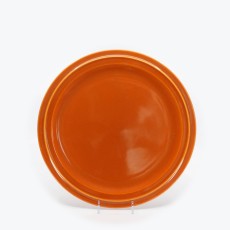
Pacific Pottery Hostessware 680 Base Plate Red
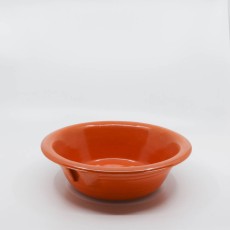
Pacific Pottery Hostessware 224 8" Baker Red
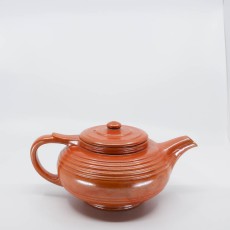
Pacific Pottery Hostessware 440 Teapot Red Early
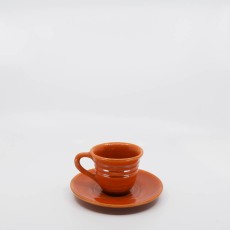
Pacific Pottery Hostessware 608-609A Teacup & Saucer Red
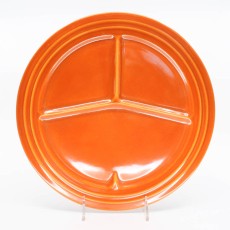
Pacific Pottery Hostessware 615 Divided Plate Red
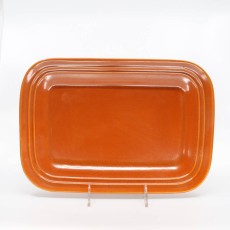
Pacific Pottery Hostessware 616 Rectangular Tray Med Red
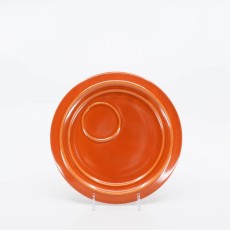
Pacific Pottery Hostessware 632 Canape Plate Red
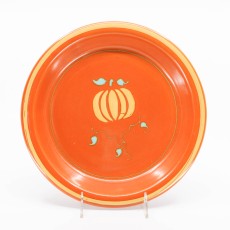
Pacific Pottery Hostessware 638 Pie Plate Dec Pumpkin Red
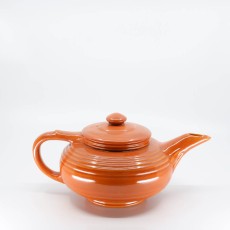
Pacific Pottery Hostessware 440 8-cup Teapot Red
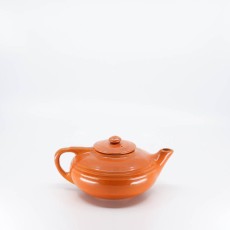
Pacific Pottery Hostessware 438 2-cup Teapot Red
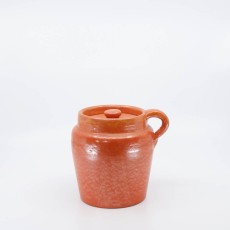
Pacific Pottery Hostessware 226 Beanpot Red
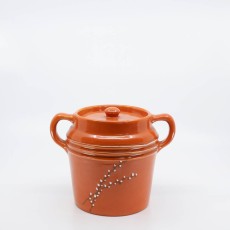
Pacific Pottery Hostessware 235 Beanpot Dec Willow Red
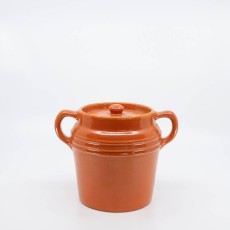
Pacific Pottery Hostessware 235 Beanpot Red
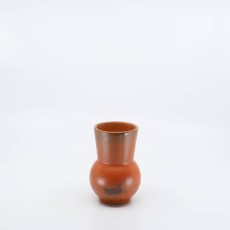
Pacific Pottery Hostessware 419 Ball Tumbler Red
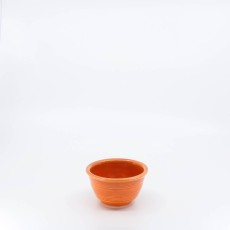
Pacific Pottery Hostessware 206 Custard Red
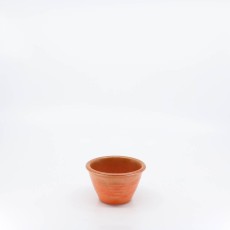
Pacific Pottery Hostessware UNK Custard Alt-Design Red
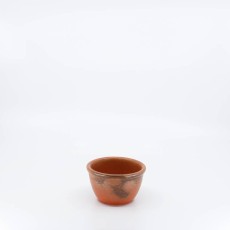
Pacific Pottery Hostessware Plainware Custard Red
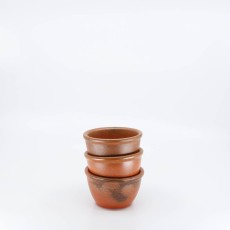
Pacific Pottery Hostessware Plainware Custard Red
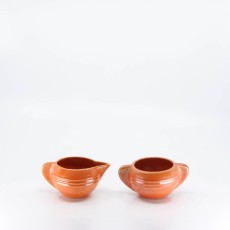
Pacific Pottery Hostessware 407-408 Creamer Sugar Red
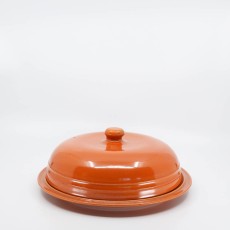
Pacific Pottery Hostessware 639 Muffin Cover Red
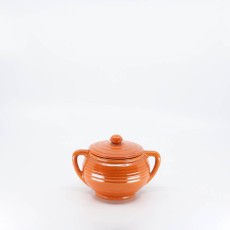
Pacific Pottery Hostessware 403 Sugar Red
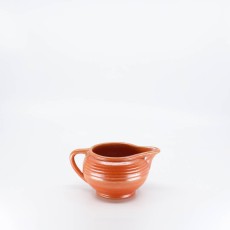
Pacific Pottery Hostessware 404 Creamer Red
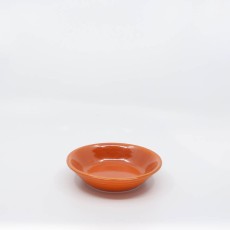
Pacific Pottery Hostessware 606 Bowl Red
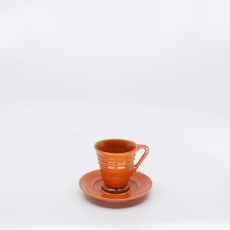
Pacific Pottery Hostessware 629-631 Demi Cup-Saucer Red
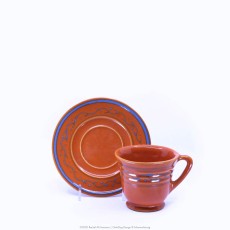
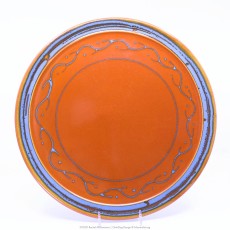
Pacific Pottery Hostessware Decorated 2002 619 Cake Plate Red
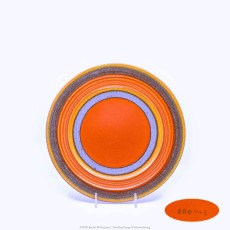
Pacific Pottery Hostessware Decorated 2007 611 Luncheon Plate Red
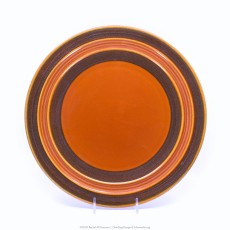
Pacific Pottery Hostessware Decorated 2007 613 Dinner Plate Red
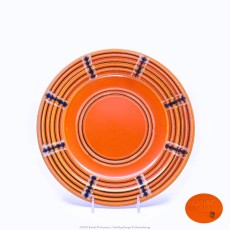
Pacific Pottery Hostessware Decorated BF 611 Luncheon Plate Red
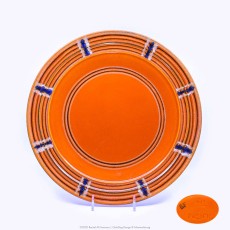
Pacific Pottery Hostessware Decorated BF 613 Dinner Plate Red
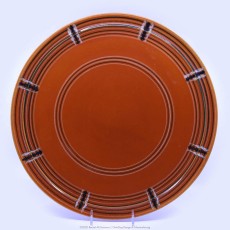
Pacific Pottery Hostessware Decorated BF 619 Cake Plate Red
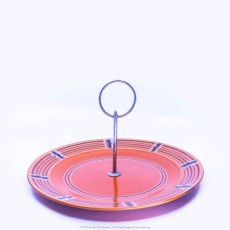
Pacific Pottery Hostessware Decorated BF 625 Tidbit Red
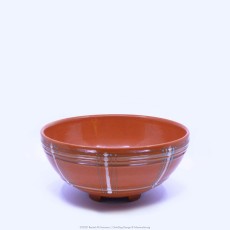
Pacific Pottery Hostessware Decorated BG 310 Footed Salad Bowl Red
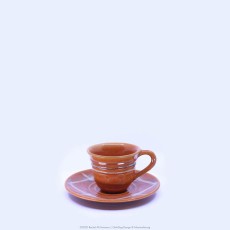
Pacific Pottery Hostessware Decorated BG 609-608 Teacup & Saucer Red
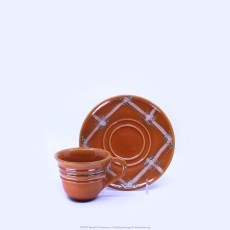
Pacific Pottery Hostessware Decorated BG 609-608 Teacup & Saucer Red
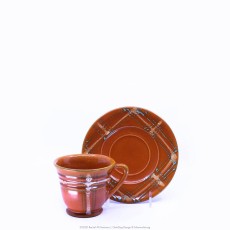
Pacific Pottery Hostessware Decorated BG 609-634 Coffee Cup & Saucer Red
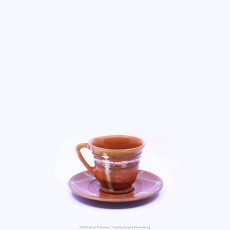
Pacific Pottery Hostessware Decorated BG 609-634 Coffee Cup & Saucer Red
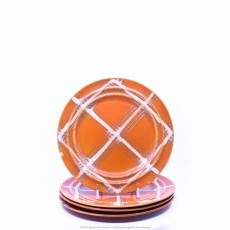
Pacific Pottery Hostessware Decorated BG 610 Salad Plate Red
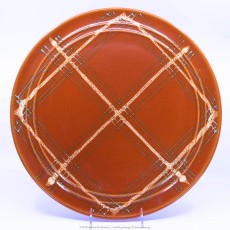
Pacific Pottery Hostessware Decorated BG 612 Chop Plate Red
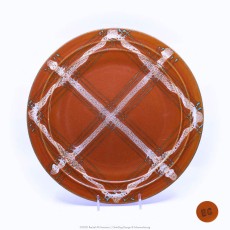
Pacific Pottery Hostessware Decorated BG 613 Dinner Plate Red
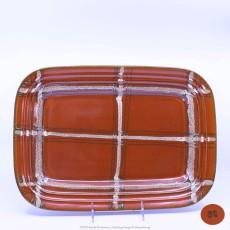
Pacific Pottery Hostessware Decorated BG 617 Tray Red
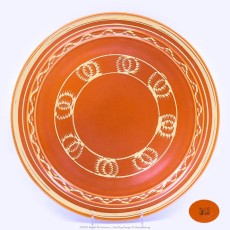
Pacific Pottery Hostessware Decorated BH 612 Chop Plate Red
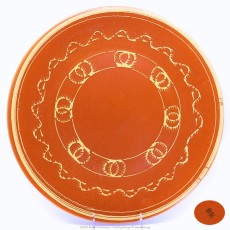
Pacific Pottery Hostessware Decorated BH 622 Flat Salad Server Red
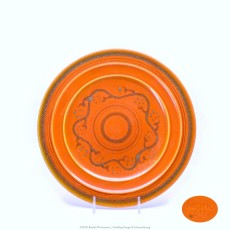
Pacific Pottery Hostessware Decorated E 611 Luncheon Plate Red
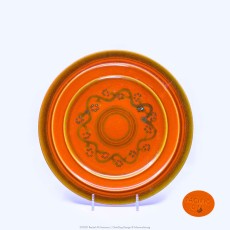
Pacific Pottery Hostessware Decorated E 611 Luncheon Plate Red
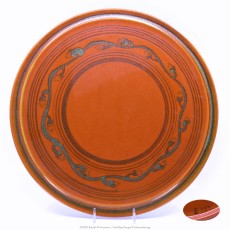
Pacific Pottery Hostessware Decorated E307 619 Cake Plate Red
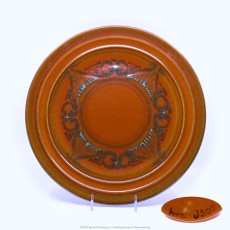
Pacific Pottery Hostessware Decorated hmc J307 613 Dinner Plate Red
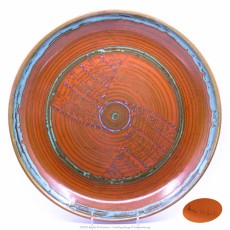
Pacific Pottery Hostessware Decorated hmc N30B 623 Low Bowl Red
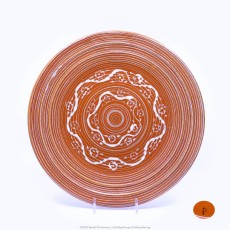
Pacific Pottery Hostessware Decorated P 613 Dinner Plate Red
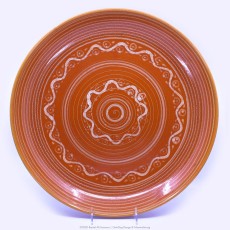
Pacific Pottery Hostessware Decorated P 623 Low Bowl Red
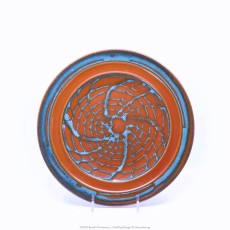
Pacific Pottery Hostessware Decorated Unknown 611 Luncheon Plate Red
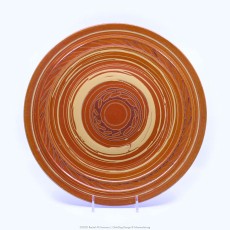
Pacific Pottery Hostessware Decorated Unknown 613 Dinner Plate Red

Pacific Pottery Hostessware Decorated Wheat 663 Low Bowl Red
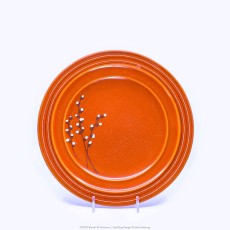
Pacific Pottery Hostessware Decorated Willow 611 Lunch Plate Red
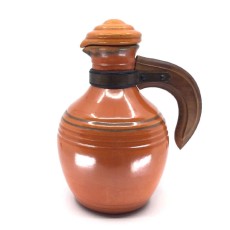
Pacific Pottery Hostessware Decorated 438 Carafe Red
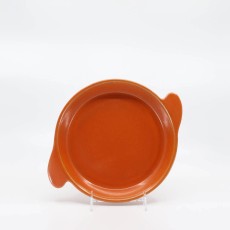
Pacific Pottery Hostessware 8" Shirred Egg Dish Red
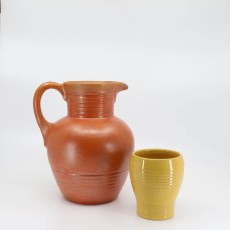
Pacific Pottery Hostessware 430 431 Tumbler Yellow
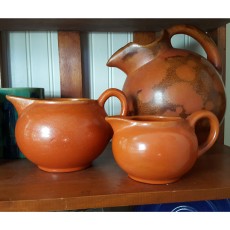
Pacific Pottery Hostessware 400 401 Pitchers Apache Red
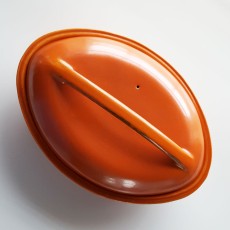
Pacific Pottery Hostessware 640-640a Div Bowl with Lid Apache Red
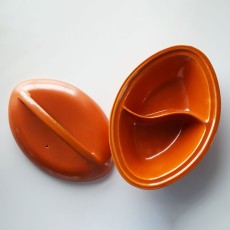
Pacific Pottery Hostessware 640-640a Div Bowl with Lid Apache Red
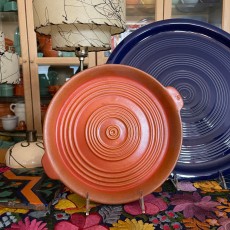
Pacific Pottery Hostessware 412 Target Platter Red
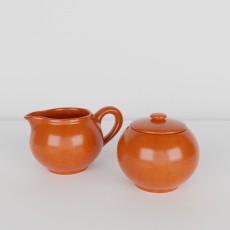
Pacific Pottery Hostessware 3D 400 Creamer Sugar
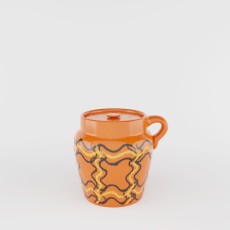
Pacific Pottery Hostessware 226 Beanpot Decorated Apache Red
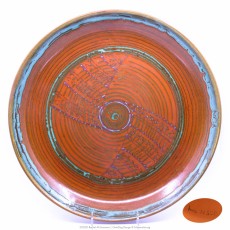
Pacific Pottery Hostessware 623 Low Bowl
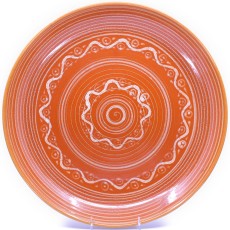
Pacific Pottery Hostessware 623 Low Bowl
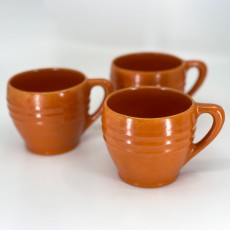
QwkDog Pacific Pottery Hostessware 607 Coffee Mugs apache red
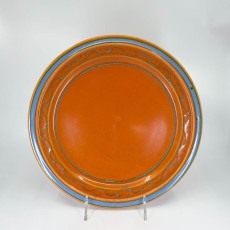
QwkDog Pacific Pottery Hostessware Decorated 2002 639 Serving Plates apache red
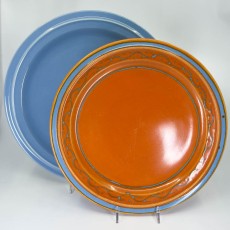
QwkDog Pacific Pottery Hostessware Decorated 2002 639 680 Serving Plates apache red
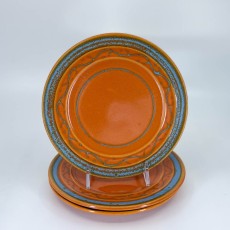
QwkDog Pacific Pottery Hostessware Decorated 2002 614 BnB Plates apache red
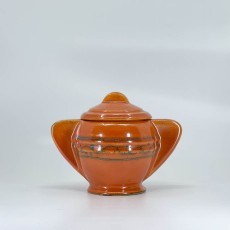
QwkDog Pacific Pottery Hostessware Decorated 2002 407 A Demi Sugar Lid apache red
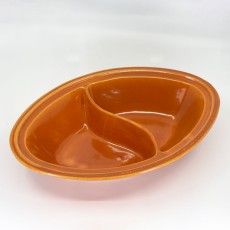
QwkDog Pacific Pottery Hostessware 640 A Divided Veg Bowl Lid apache red
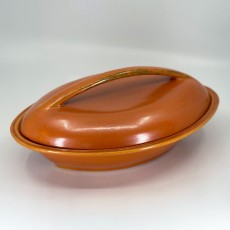
QwkDog Pacific Pottery Hostessware 640 A Divided Veg Bowl Lid apache red
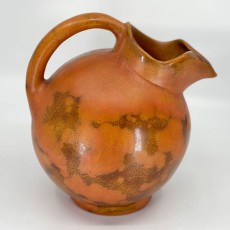
QwkDog Pacific Pottery Hostessware 420 Ball Pitcher apache red
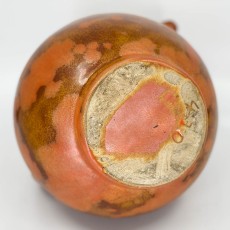
QwkDog Pacific Pottery Hostessware 420 Ball Pitcher base apache red
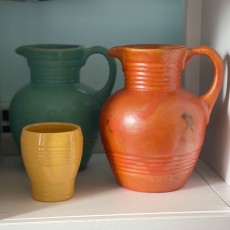
QwkDog Pacific Pottery Hostessware 430-431 Ring Pitcher Set Bill Stern
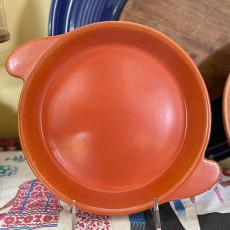
QwkDog Pacific Pottery Hostessware 216 Shirred Egg Dish Large apache red
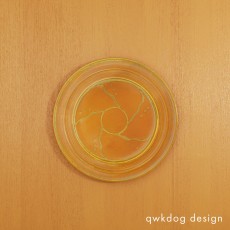
QwkDog 3D Pacific Pottery Hostessware Decorated Dot Apache Red
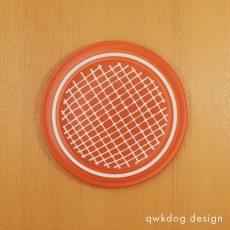
QwkDog 3D Pacific Pottery Hostessware Decorated AX Dinner Plate
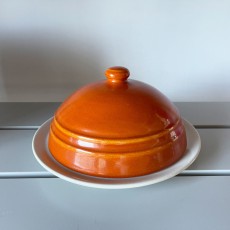
QwkDog Pacific Pottery Hostessware 668 Toast Cover
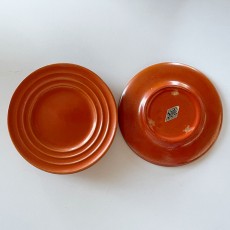
QwkDog Pacific Pottery Hostessware 609 Early Saucers








